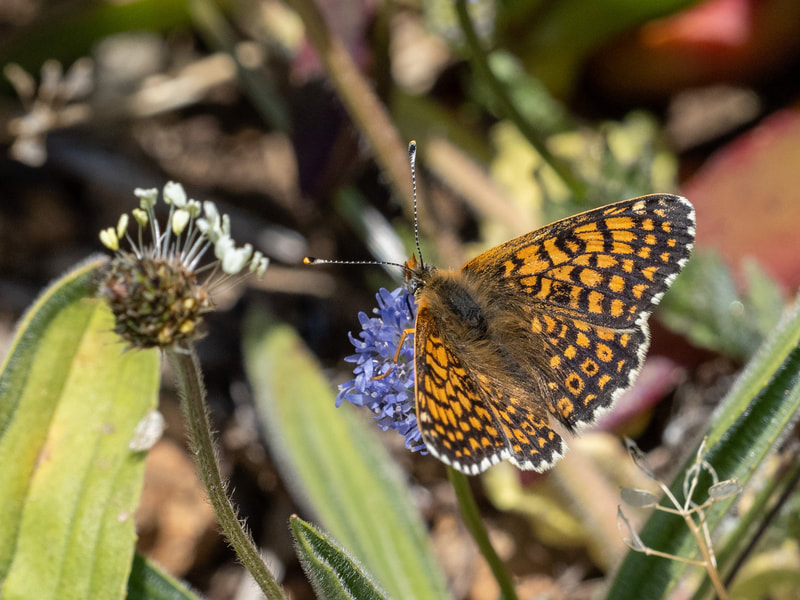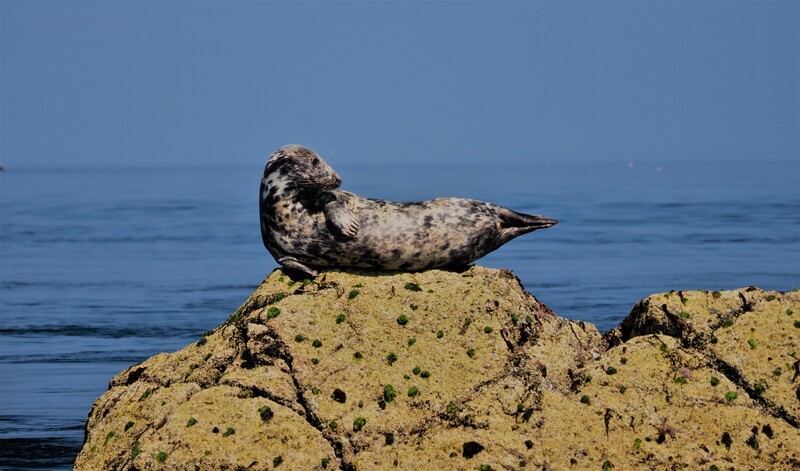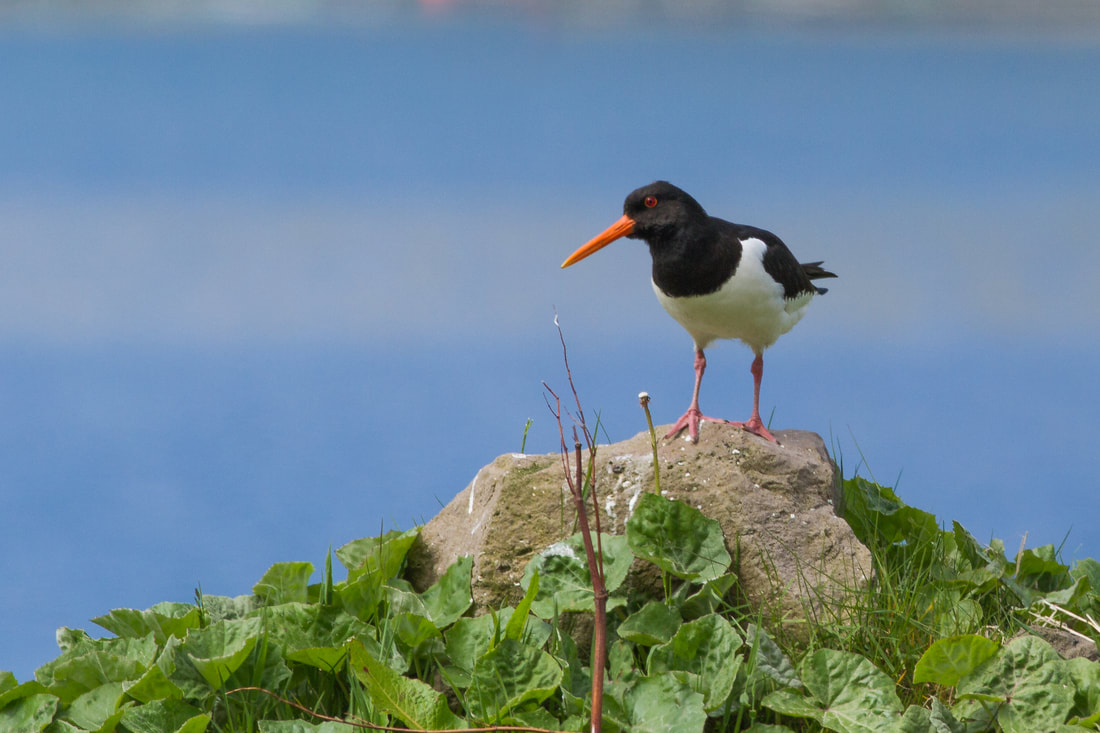|
Alderney wildlife sightings The Alderney Wildlife Trust has reported sightings of bottlenose dolphins, grey seals and 2021's first butterfly, the Red Admiral while the island is also home to blonde hedgehogs, the lesser-spotted palmate newt and birds including the Dartford warbler and grey wagtail. The Bird Observatory on Longis bay provides accommodation for bird watchers and researchers, so allowing them to get even closer to the island’s winged inhabitants. Staff from the Alderney Wildlife Trust have teamed up with Visit Alderney to provide a series of virtual walks starting with Fort Albert and Bibette Head Trail, which can be watched on the Trust's YouTube channel here.  Wildflowers, insects and marine life in Guernsey Swathes of yellow gorse and bright pink common storksbill are emerging along the south coast with endemic ferns and orchid fields prolific at Les Vicheries on the west coast. Bee orchids were found for the first time last year in St Germain. For amateur entomologists, the rare black backed meadow ant, once found across the British Isles, now live only on the cliffs in Guernsey as well as some neighbouring Islands. Nests are marked with red flags. The rare glanville fritillary butterfly is a frequent sight in Guernsey despite falling numbers in the UK, where they’re now spotted in just a few coastal locations. In bays around the island and off neighbouring Herm, underwater meadows of seagrass are visible at low tide. These act as a nursery for schools of fish and absorb carbon from the atmosphere. Large pods of dolphins travel along the south coast cliffs with Havelet bay recorded as the most popular sighting spot. You might also see the shy brown Guernsey vole, considerably larger than its European counterpart, as it is occasionally visible in the fields. Read about one of my visits to Guernsey and Sark HERE During lockdown, La Société Guernesiaise, an organisation whose goal is to preserve Guernsey’s biodiversity, has launched the initiative ‘A Look at Lockdown’ to encourage locals to take photos of wildlife. There has been an increase due to fewer cars being on the road. Puffin watching in Herm & Sark From mid-March to July, puffins migrate to the islands to breed, especially on Herm and Sark. In normal times, visitors can take a boat trip around the islands, while the more adventurous may prefer a puffin-kayaking trip with Outdoor Guernsey. Sark’s Gouliot Headland, declared a ‘Wetland of International Importance’ under the Ramsar Convention, is carpeted with anemones, sponges and soft corals, seen during spring low tide. Herm is a Ramsar site designated for its intertidal area and breeding bird populations. Bird nesting in Lihou The tidal island of Lihou also a Ramsar site is home to over 150 species of birds including the striking black-backed gull. Lihou’s rocky outcrops and shingle banks offer the perfect nesting environment. The absence of visitors last year meant that breeding pairs of internationally important species including European shags and oystercatchers were seen nesting around the island. Over the past few years the species have been in decline due to human interference. However, Lihou's unique location and lockdown measures enabled the birds to breed successfully. more at www.visitguernsey.com images (c) Andy Marquis - Guernsey Wildlife and Nature Photography /The Bailiwick DolFin Project/ Rod Ferbrache
0 Comments
Leave a Reply. |
AuthorI'm Gilly, award winning journalist, travel writer, 13 x author. Credits include: Telegraph, Mail, CNN, Express, BBC mags, Country & Town House, The Scotsman, World of Cruising & countless others Categories
All
|


